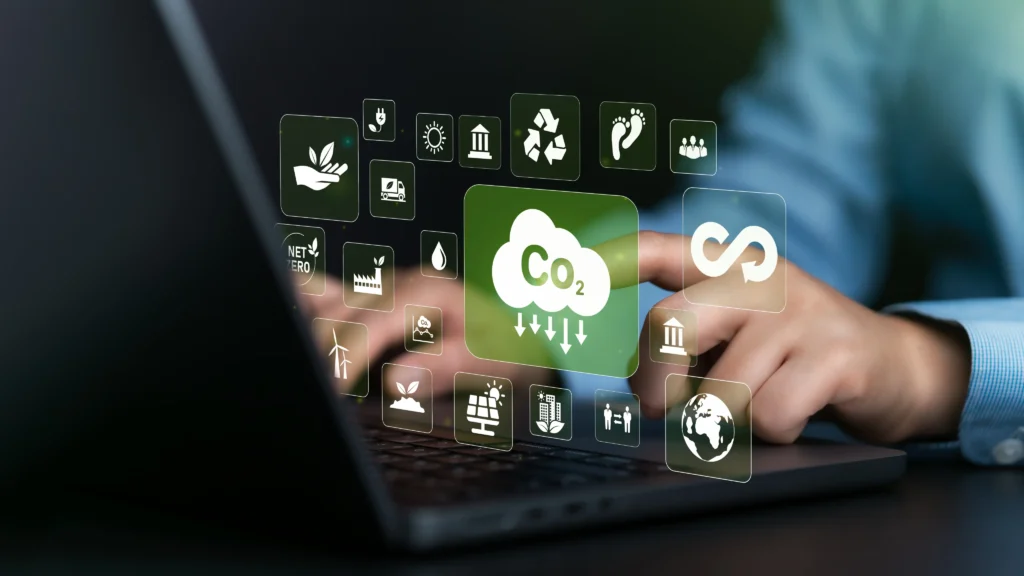- Industries

Transforming Financial Instructions
With Innovative Digital Solutions - Services

Reduce Corporate carbon Footprint with gecco2
- Insights

Corporate Carbon Footprint and ROI
- About
- Industries

Transforming Financial Instructions
With Innovative Digital Solutions - Services

Reduce Corporate carbon Footprint with gecco2
- Insights

Corporate Carbon Footprint and ROI
- About
EN
Goldilocks zone
We got an invitation to the Zürichsee village Richterswil by innovation expert Annalisa Gigante who lives close by. We walked along her favorite jogging route at the lake, enjoying the swiss summer, watching people cleaning their sailboats and talking about her role in different innovation projects, the swiss startup ecosystem and agile idea generation.


“FINDING THE RIGHT PARTNER IS CRITICAL, ONE THAT SHARES THE SAME PURPOSE.”
What’s your experience in Switzerland? You have been here for 10 years now and have worked with companies and with startups. What’s typical for Switzerland in a positive and a negative way?
“IN SWITZERLAND YOU WILL HAVE TO PROVE THE IDEA, SIGN UP THE FIRST CLIENTS, AND HAVE PROTOTYPES BEFORE YOU ATTRACT An INVESTOR.”







